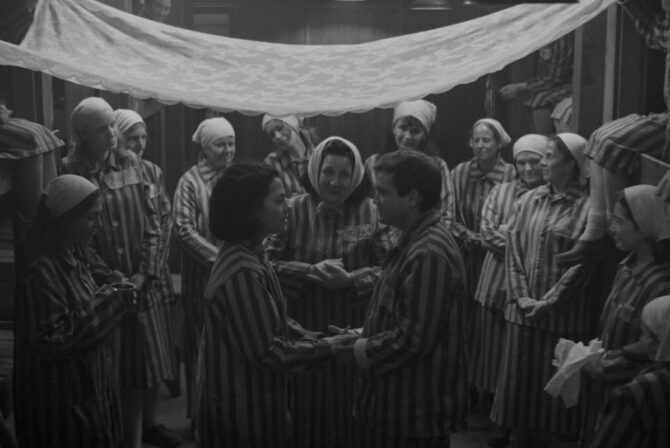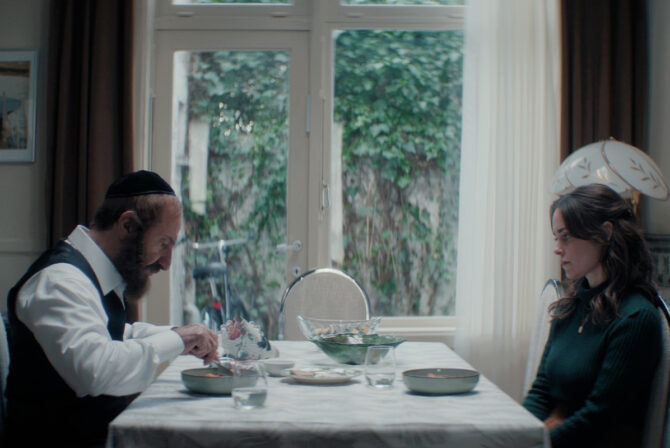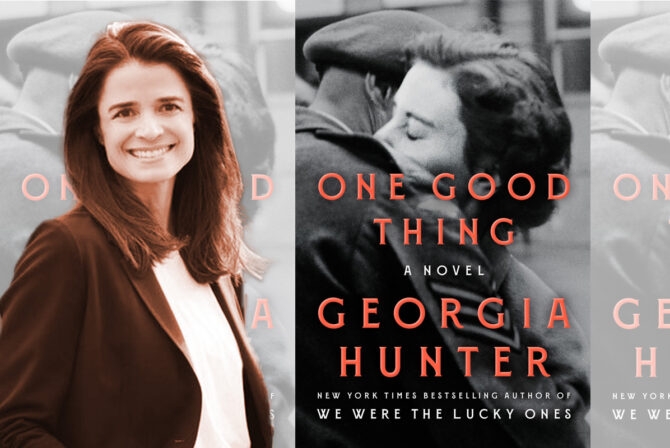We have a Passover family tradition at our house. Every spring, whenever the holiday happens to fall (seriously, end of March?), a few days beforehand, the kids and I watch “The Prince of Egypt.”
This DreamWorks animated film released in 1998 is one of my favorites for bringing the annual story to life in a–more or less–accurate manner. Did rebellious teens Moses and Rameses really drag-race their horses and chariots around the pyramids and drop watermelons off of balconies? That answer, alas, is lost to history. (Though I was surprised to learn that watermelons were, in fact, mentioned in the bible as a food eaten by Israelites while they were in bondage in Egypt, and that watermelons are also depicted in ancient hieroglyphics. Who knew?) But, a rabbi friend did tell me that, because the bible says God spoke to Moses in his own voice, that’s Val Kilmer playing both Moses and God in the movie. Cool, huh? (Said the geek with the Masters in Media Analysis.)
I’m also a musical theater geek, and I happen to love the score to “The Prince of Egypt.” Here is a tip: Don’t listen to “Through Heaven’s Eyes” while postpartum and hormonal. You will cry. And scare the kids.
There are other things about this movie that might scare the kids, too. Or at least upset them. Pharaoh sobbing alone on the banks of the Red Sea after the Israelites–including his one-time “brother”–have crossed is a poignant image that might be too much for sensitive children (and postpartum mothers). And the plagues, including the Death of the First Born, are not glossed over, but dramatized about as graphically and realistically as a children’s cartoon can get (this isn’t Wile E. Coyote style violence; it’s pretty real). It prompted my then 4-year-old daughter to ask, “I thought God was supposed to be the good guy in this story?”
A safer choice, if you think your little ones might not be quite ready yet for scenes of slaves getting whipped and a baby in a basket barely surviving getting snapped in half by the jaws of an alligator, is the Passover episode of Nickelodeon’s “Rugrats.”
The titular babies get locked in the attic with Grandpa Boris during a seder and he ends up telling them the story of Passover, which Angelica re-imagines with herself as the Pharaoh, Tommy as Moses, and everyone else in minimal, supporting roles. Here, the plagues and Death of the First Born are only talked about, so it’s likely to fly right over your child’s head. The slaves are also mostly off-screen, Moses doesn’t kill anyone, and neither the burning bush (nor God) make an appearance.
When “Rugrats” originally aired in the late 1990s, the Anti-Defamation League derided the characters of Grandpa Boris and Grandma Minka for looking “reminiscent of Nazi-era depictions of Jews.” You get to make your own decisions about that one.
Personally, the thing that bothered me most was that the seder was depicted as a boring event everyone wants to either avoid or get away from as soon as possible. That’s not exactly the attitude I prefer my kids bringing to the table or the holiday.
In addition, like so many cartoons which strive to be popular with adults as well as kids, a lot of the humor is not so much inappropriate (it’s all perfectly G-rated and funny) as incomprehensible. When Pharaoh (Angelica) is regretting freeing her slaves, she asks an attendant where the baby who draws her bath is. She’s told that she freed him, too.
“I threw out the baby with the bathwater?” she shrieks in horror.
Not exactly a commonplace preschool reference.
Plus, there’s always the possibility that your kids will think Moses actually did say to Pharaoh, “Let my babies go!”
For the correct (and classic) reading of that phrase, you still can’t beat Charlton Heston in “The Ten Commandments.”
Yes, it’s exactly what you remember. It’s a quintessential 1950s sand and sandals epic remade by Cecil B. DeMille, whose first (silent) version of the story in 1923 climaxed with the parting of the Red Sea being played by a bowl of Jell-O.
It’s got The King of Siam as the Pharaoh, movie gangster Edward G. Robinson (though, for the record, born Emmanuel Goldenberg–he kept the G in his stage name in honor of it), John Derek (before he married Bo–and Linda Evans), horror master Vincent Price, Yvonne De Calro pre-“Munsters,” Anne Baxter after surviving Bette Davis in “All About Eve,” and Charlton Heston–who inspires such complicated feelings in so many people that I’m not even going to try to make a joke.
Everyone speaks in stilted tones and wears ridiculous, anachronistic outfits and manages to remains pristine (and Caucasian) even while wandering the African desert.
In spite of all that (and because of it), the movie is awesome. Even 50-plus years after it was nominated for seven Academy Awards, including Best Picture, there is something compelling about the outdated, grand, sweeping scale, the stiff-jawed, painfully sincere acting, and oh, the pretty, pretty colors (even if you find yourself giggling for the duration of the nearly four hour running time; there’s a reason they split it into two nights on TV).
Long before I had a “The Prince of Egypt” tradition with my kids, my mother had one of her own. Every year after coming to America from the Soviet Union, she would watch “The Ten Commandments” when it came on television and marvel at how much English she’d learned since the previous year. It was like her own personal Final Exam. And Exodus.
Maybe that’s why I’ve always had a soft spot for it.
Want Kveller sent directly to your inbox? Sign up now for our free newsletter.







